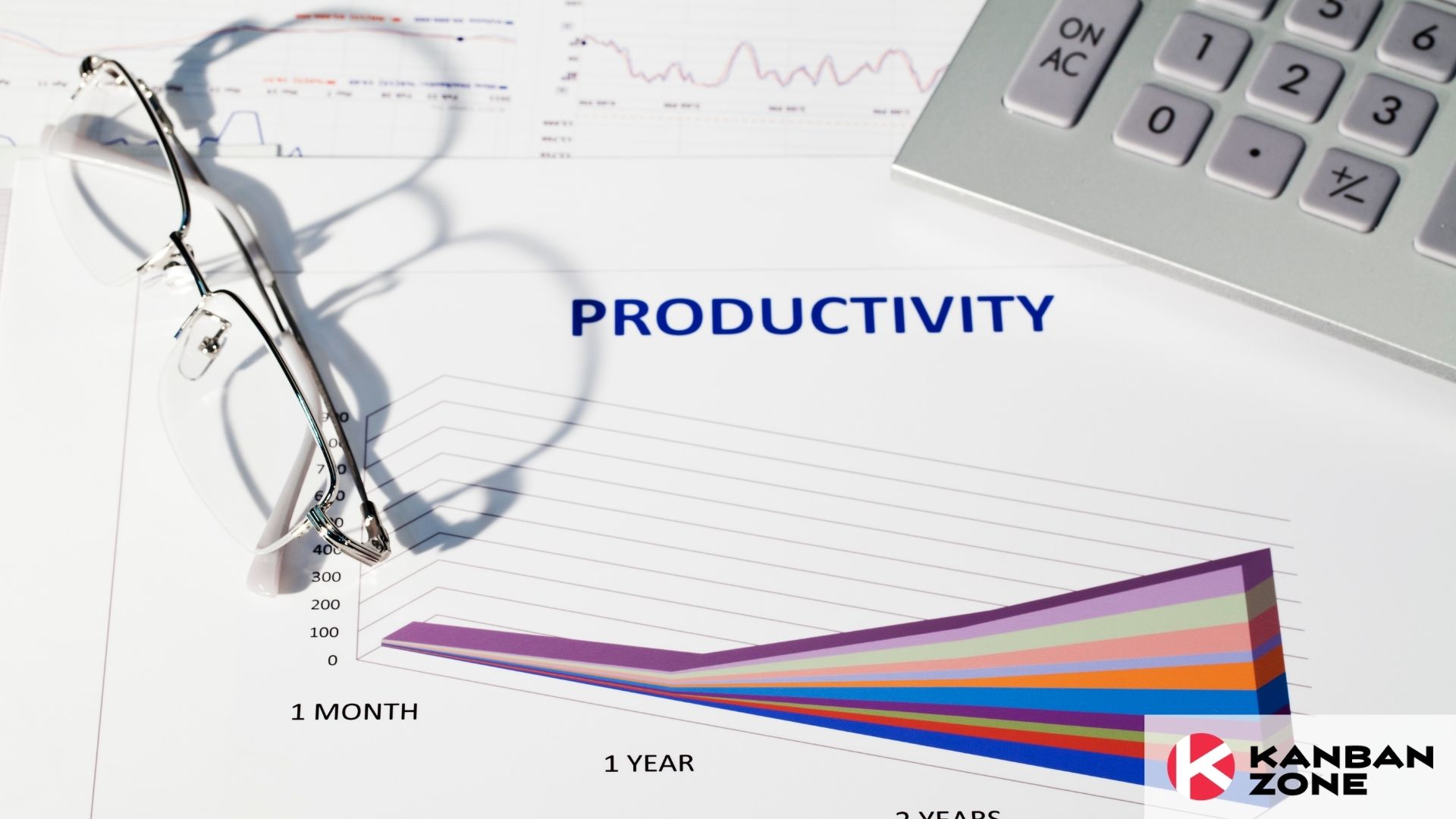
An interesting landscape in the manufacturing scene is unfolding. Operating in a pandemic has forced manufacturing teams to rethink how they work. It’s very common for operators and workers to discuss face-to-face on a production floor, especially when there is a problem in the line or a machine. They speak close to each other to drown the noise within a factory. Supervisors and other team members go to the production floor to see what’s happening. This is what we call a Gemba walk.
But doing this in a pandemic goes against health protocols. You can’t be seen in close distance with other workers, let alone be speaking next to their ear. And so, as COVID-19 continues to press on and change how work is performed, we leverage technology to bridge the gap.
The answer to this is a virtual gemba walk.
What is a Gemba walk?
Before we dive into how a virtual gemba walk is performed, let’s first discuss what a gemba walk is.
Gemba (or genba) is a Japanese word that means, “the real place.” In the context of business, gemba is used to mean, “the place where work is done.” In a manufacturing plant, this would be the production floor. In a bank, this can be the teller area. In a car dealership, this could be the showroom. In a restaurant, this can be the kitchen or the dining area. Gemba is essentially the place where value is created for a customer. Depending on the context and value stream of your business, you will see many different gemba areas in your place of work. Just look towards where your employees are creating products or providing service for customers.
Now that we know what gemba means, let’s get to know what a gemba walk is about. A gemba walk is the act of going to where work is created and examining it to better understand how work is performed and how it can be improved. Gemba is very similar to another Japanese business principle called genchi genbutsu which means “to go and see.”
Both gemba and genchi genbutsu are Lean processes that focus on experiencing first-hand how work is done. It is through physical observation that workers and business leaders alike can make better decisions on how to change their work processes.
The Challenge of Doing a Virtual Gemba Walk
Doing a gemba walk during these pandemic times is truly challenging. Many health and safety guidelines should be considered. There should be social distancing. Employees are required to wear masks indoors. There is a limit on the number of people that can be in a given space. Face-to-face communication is left to a minimum and is avoided as much as possible. These are just some of the reasons why doing a conventional gemba walk is challenging in a post-COVID world.
But if we focus on the purpose of gemba walks, we can look for ways to properly do them despite the challenges.
The purpose of a gemba walk is to understand how work is done in the current state. It is also a way to show respect to those who are performing the work. What would you feel if your supervisor made changes to your assembly line or machine without consulting with you? Won’t that make you feel neglected or unimportant? Pandemic or no pandemic, there should be no barriers to showing respect and collaboration in the workplace.
How to Run a Virtual Gemba Walk with your Remote Team
With the help of technology, business leaders can do a virtual gemba walk. Video conferencing using mobile apps can be used to perform a virtual gemba walk. Zoom, FaceTime, WhatsApp, and other apps that come with little to no cost can be leveraged by companies. For the manufacturing industry, there are connected worker platforms that production teams can explore. Some companies even go as far as using virtual reality tools and gears to bring their workplaces and shop floors to life.
With technology on hand, you can go ahead and do your virtual gemba walk and start digging into the nitty-gritty of your business processes. Here are five steps on how to run a virtual gemba walk with your remote team.
Step 1: Define Your Purpose
Why do you want to perform a virtual gemba walk? What business process would you like to understand better? Are there specific problems or issues in the selected business process that you would like to solve?
Step 2: Prepare Your Team
Inform the team involved in the business process you will be observing. Make sure they understand why you are doing the virtual gemba walk and what you would like to get out of it. This is also where you need to determine what tools and technology you’ll use for the virtual gemba walk. Make sure that the team is well-equipped with the tools to run the virtual exercise.
Some teams also do a pre-gemba walk where the teams on the ground take photos or videos of the shop floor focusing on the concerned processes. They then share these with their supervisors or other business leaders before the actual walk. This helps in having some pre-work done on the side of the ones who will be observing so they know where to zero in on during the actual virtual walk. This also allows them to prepare questions that they can discuss with the team on the ground.
Step 3: Walk…Virtually
When the time comes for your virtual gemba walk, remember to focus on the process you are observing. Do not call out or comment about how the work is being done by a certain person.
Take notes as you go through the virtual gemba walk. If the app you are using has the functionality to record the session, then do so. Provided that you also inform your team on the ground and they consent to it. Recordings are helpful tools especially when you want to review certain parts of the virtual gemba walk. You can zoom in on certain areas too.
Step 4: Close the Virtual Gemba Walk
You must close your virtual gemba walk properly. Inform your team to go to a relatively quieter space so that you can thank them for their cooperation. Let them know that you will then proceed with reviewing and analyzing the observations you took note of during the virtual gemba walk and that you will be scheduling a separate meeting to discuss your findings and recommendations.
Step 5: Review and Analyze the Data and Insights
Set aside ample time to go through all the data you’ve gathered and the observations you took note of during the virtual gemba walk. Should you have any follow-up clarifications for your team on the ground that are specific to the workspace, you can have them take videos or photos of the areas you’d like to check.
Step 6: Share Your Findings and Recommendations
Set a video conference with your team to discuss your findings and recommendations. This is an important step and closes the loop in the virtual gemba walk process. Present your recommendations and plan of action. Get your team’s input as well. Then start planning how to roll out the process changes.

Why Do a Virtual Gemba Walk for Remote Teams?
In these pandemic times, getting in sync with your remote teams is very important. Involving your remote teams in decisions that affect their day-to-day operations is crucial to get their support and buy-in.
A virtual gemba walk is not only a way for business leaders to understand business processes remotely. It’s also a way for them to connect with their employees and establish rapport. A virtual gemba walk is an effective problem-solving technique when you are not co-located with your production teams. Virtual gemba walks allow you to engage with your team to solve problems faster and more efficiently despite the distance. And at the same time, keeping your employees safe and compliant to health protocols.
Learn to Work Smarter, Not Harder!
Get our top articles weekly.
Table Of Contents
Discover many more posts…








